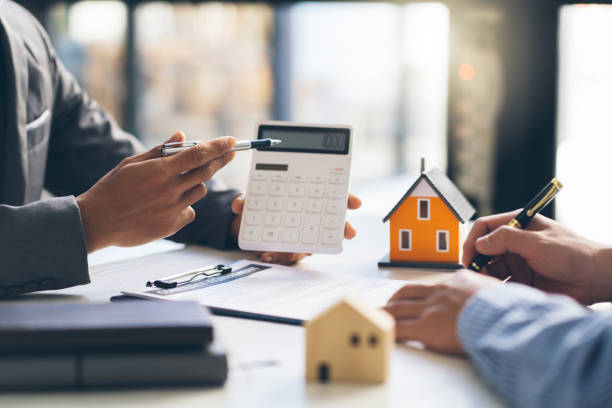When it comes to selling a property, first impressions matter immensely. Property staging, a strategic and creative process, is the secret ingredient that can transform a house into a welcoming and irresistible home for potential buyers. In this blog, we’ll explore the world of property staging, its importance in the real estate market, and the key elements that make it a powerful tool for selling homes quickly and at top dollar.
The Power of Property Staging
Property staging is not just about arranging furniture or adding a few decorative touches; it’s about creating an emotional connection between potential buyers and the property. Here’s why property staging is essential in today’s competitive real estate market:
- Enhancing Visual Appeal: Staged homes look more inviting and visually appealing. By strategically placing furniture and décor, property stagers highlight the property’s best features, making it stand out in listing photos and during in-person showings.
- Highlighting Functionality: Staging helps buyers envision how they can use the space. Proper furniture arrangement showcases the functionality of each room, helping buyers see the potential for their own lives within the property.
- Creating a Memorable Experience: Staged homes leave a lasting impression. Buyers are more likely to remember and feel emotionally connected to a home that has been thoughtfully staged, increasing the likelihood of a positive response and a subsequent offer.
- Faster Sales: Statistics consistently show that staged homes tend to sell faster than non-staged ones. In a competitive market, a quick sale can be a significant advantage for both sellers and real estate agents.
- Higher Sale Prices: Staged homes often command higher sale prices. When buyers see a property that feels move-in ready and well-maintained, they are willing to pay a premium for it.
The Key Elements of Property Staging
Effective property staging goes beyond arranging furniture; it encompasses several crucial elements to create a compelling and harmonious presentation:
- Decluttering: The first step in property staging is decluttering. Removing excess belongings, personal items, and clutter helps potential buyers see the space clearly and imagine their belongings in it.
- Neutral Color Palette: Neutral colors on walls and furniture create a clean and versatile canvas that appeals to a broader range of buyers. These colors also allow decorative accents to pop without overwhelming the space.
- Furniture Placement: Proper furniture placement is vital. Stagers arrange furniture to maximize space, create flow, and highlight architectural features. The goal is to help buyers visualize the best use of each room.
- Lighting: Adequate lighting is crucial for creating a warm and welcoming atmosphere. Stagers utilize a mix of natural and artificial lighting to showcase the property’s best aspects.
- Art and Accessories: Artwork, decorative accents, and accessories add character and personality to a staged home. Thoughtful placement of these items can evoke emotions and create a sense of home.
- Curb Appeal: The exterior of the property is just as important as the interior. Well-maintained landscaping, a clean façade, and an inviting entryway set the stage for a positive first impression.
- Professional Photography: High-quality, professional photography is a must for marketing a staged property effectively. Stunning photos capture the essence of the staged home and entice potential buyers to schedule a viewing.
The Staging Process
The property staging process typically follows these steps:
- Consultation: A professional stager conducts an initial consultation with the seller or real estate agent to assess the property’s condition and discuss goals and budget.
- Decluttering and Cleaning: The property is decluttered and cleaned to create a clean slate for staging.
- Design and Selection: The stager selects appropriate furniture, décor, and accessories to complement the property’s style and target market.
- Staging Implementation: Furniture and accessories are strategically placed throughout the property, optimizing its appeal.
- Photography: Professional photographs are taken to showcase the staged property in its best light.
- Showings: The staged property is ready for showings and open houses, where potential buyers can experience the space firsthand.
- Feedback and Adjustments: Feedback from showings is used to make any necessary adjustments to the staging.
Conclusion
Property staging is not just about making a house look pretty; it’s about creating an emotional connection between buyers and the property. It’s about helping potential buyers see themselves living in the space and feeling that it’s already a home. In today’s competitive real estate market, where first impressions matter, property staging is a powerful tool that can lead to quicker sales and higher sale prices.
So, if you’re looking to sell your property or help clients sell theirs, don’t underestimate the impact of professional property styling. It’s an investment that can pay off handsomely by helping homes stand out in a crowded market and leaving a lasting impression that leads to successful sales. After all, when a house feels like a home, it becomes irresistible to buyers looking for their next dream property.














